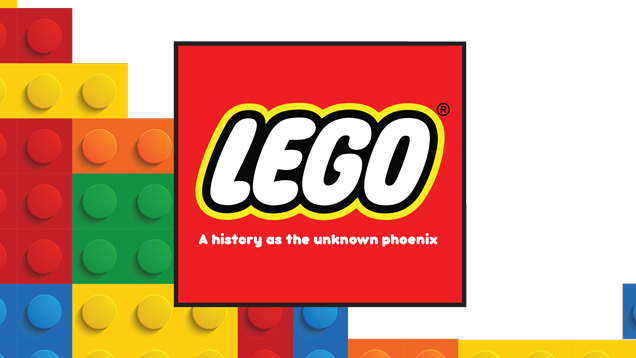Lego: a history as the unknown phoenix
 CREDIT: ALICIA MAK
CREDIT: ALICIA MAK“I remember Lego being cheaper than this when I was a kid.”
“Yeah, it’s ‘cause of these branded sets, they drive the price up now.”
“Whatever, they’re just kids toys.”
LEGO fans have heard this argument many times before, but is the anecdote of franchised Lego sets dragging up prices an actual reality? And is it called LEGO or Legos?
To start, Star Wars and BIONICLE sets saved LEGO from the brink of death in the mid-2000s. Also, LEGO is for anyone with imagination, The Lego Movie makes that abundantly clear. Many LEGO conventions across the globe are held for Adult Fans of LEGO (AFOL) and children alike.
But it wasn’t always the marketing juggernaut it’s become today. LEGO first grew from a simple wooden toyshop in Denmark to the most internationally identifiable toy company in the world.
LEGO began humbly in Denmark in the 1932, when creator Ole Kirk Kristiansen began to make children’s toys. The company continued to grow through the WWII despite its only factory burning down in 1942.
By 1949, LEGO’s first toys resembling the iconic plastic bricks were released to Danish stores – with ridiculous success. The ‘50s saw Kristiansen’s son take the helm after his death, the patent of the interlocking brick and the international market explosion. It continued to grow for decades, until the late ‘90s globalization shift overwhelmed LEGO and by the mid-2000s, the Kristiansens were at an impasse. The company was haemorrhaging money and it didn’t even know why. After handing over the CEO title to Jørgen Vig Knudstorp in late 2004, the change was swift.
Knudstorp realized the company no longer triumphed for several reasons. For starters, it didn’t know how much it cost to make individual pieces and didn’t know how much profit or loss each set made. Some sets had a few pieces inside which cost more than the entire product sold for. Also, the company ventured into doll-based building sets, as well as the ill-fated Galidor toys.
Mark Stafford, a LEGO designer since 2007, gave a Reddit AMA last year talking about much of the changes Knudstorp brought. He said Knudstorp revived the company through fan input, stabilizing material costs, cutting the library count in half to 6,000 pieces and looking at partnerships for franchised sets. It worked; the company has grown extensively each year since the changes were put in place.
But what about the price, is it really more expense now? To be frank, no. It’s just that on average, more pieces are in a set than ever before. If you’re buying sets for the lowest price per brick/piece though, you will never be able to buy a train set.
Even though they are pretty damn cool, Andrew Sielen’s “What Happened with Lego” and Wired writer Rhett Allain’s “How Much Does One Lego Piece Cost?” articles both show train sets to be the most expensive per piece, while castle and architecture sets tend to give the best value for the buyers buck.
Both these studies also showed the price-per-brick have actually decreased drastically, levelling out around 10.5 cents (USD). Buyers are tricked by the fact that more pieces are in a set, and a wider price range of sets is now available.
Branded sets saved LEGO, but also severely oversaturated the market. Pieces are cheaper, but some sets are grossly overpriced, even if they double as electric train sets. And technically they’re called LEGO bricks or elements, not Legos.














